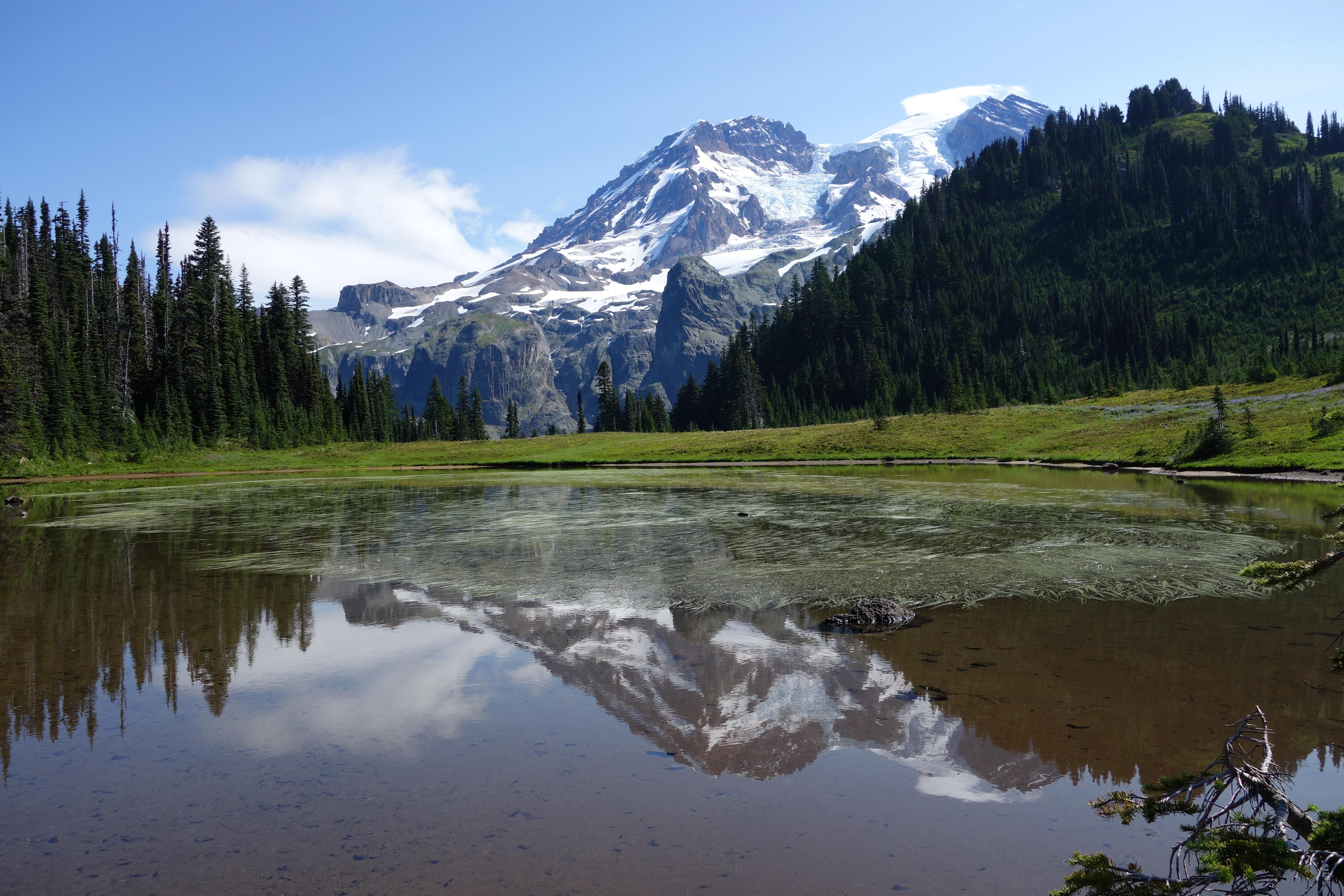Ascending to 14,410 feet above sea level, Mount Rainier stands as an icon in the Washington landscape. An active volcano, Mount Rainier is the most glaciated peak in the contiguous U.S.A., spawning five major rivers. Subalpine wildflower meadows ring the icy volcano while ancient forest cloaks Mount Rainier’s lower slopes. Wildlife abounds in the park’s ecosystems. A lifetime of discovery awaits.
Silver Forest Sunset
The Silver Forest Trail at Sunrise features spectacular views of Mount Rainier and the White River valley.

Climbing Mount Rainier
Summiting Mount Rainier involves climbing a volcano, scaling glaciers, dealing with high elevations and much more. Almost 10,000 people a year attempt to summit.
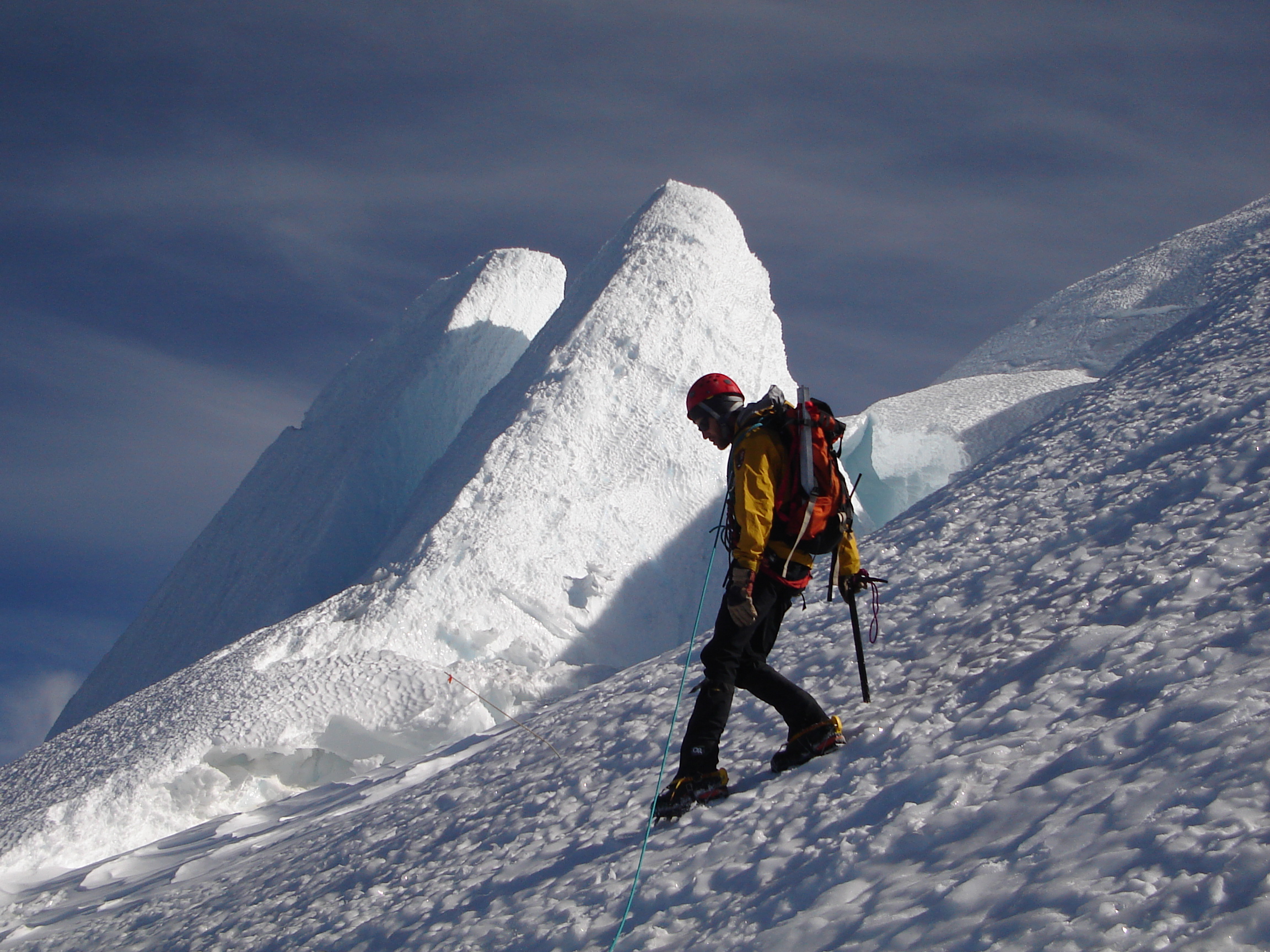
Giants of the Old-Growth Forest
With some of the few remaining old-growth forests in the Cascade Mountains, Mount Rainier National Park protects native plants great and small in places like the Grove of the Patriarchs.
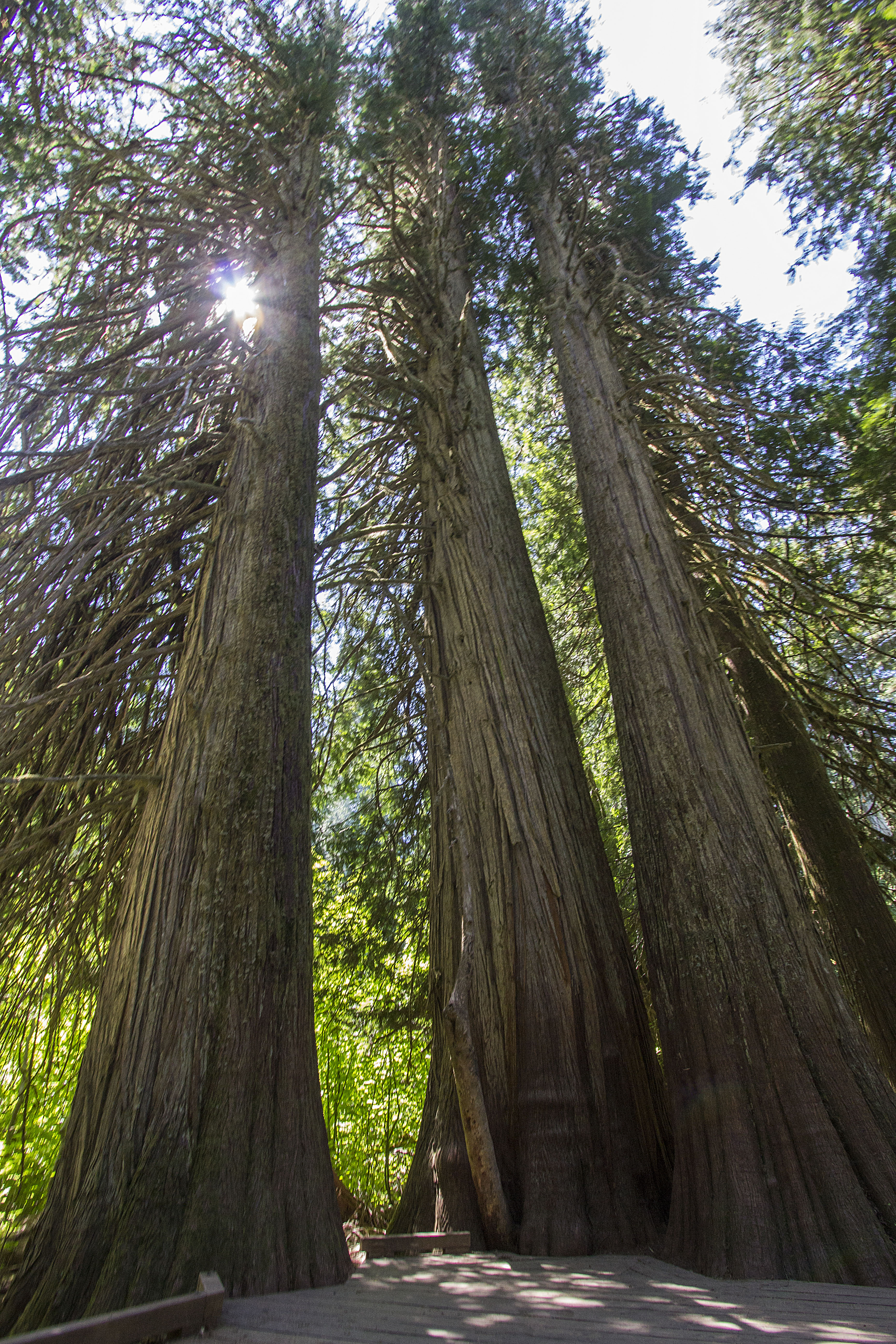
Marmot in Morning Dew
From small amphibians and hoary marmots to the black bears and elk, many animals call the wild places of Mount Rainier home.
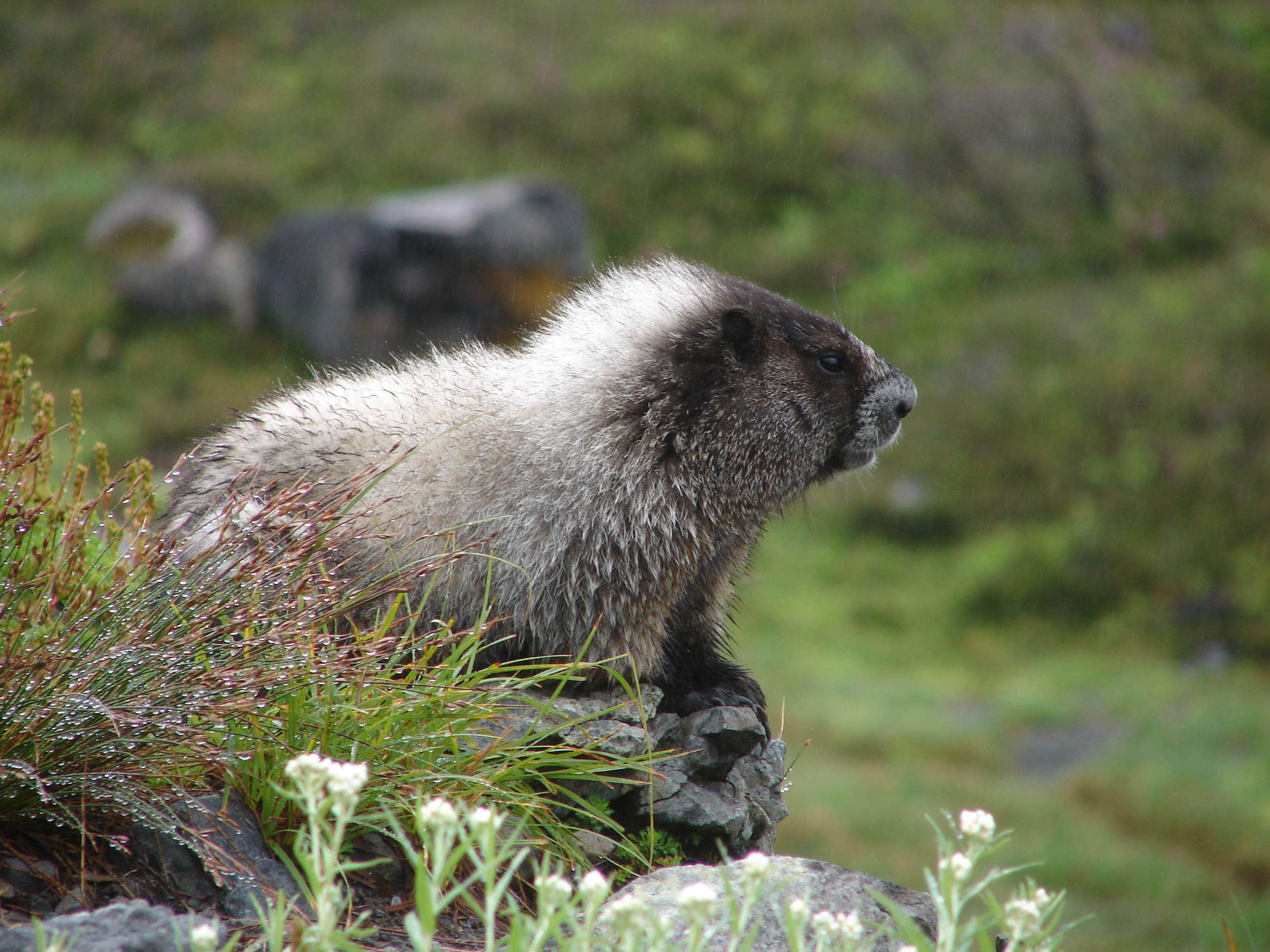
Kids Hiking Through Wildflower Meadow
Enjoying the outdoors through recreation is a big part of many visitors' experiences.
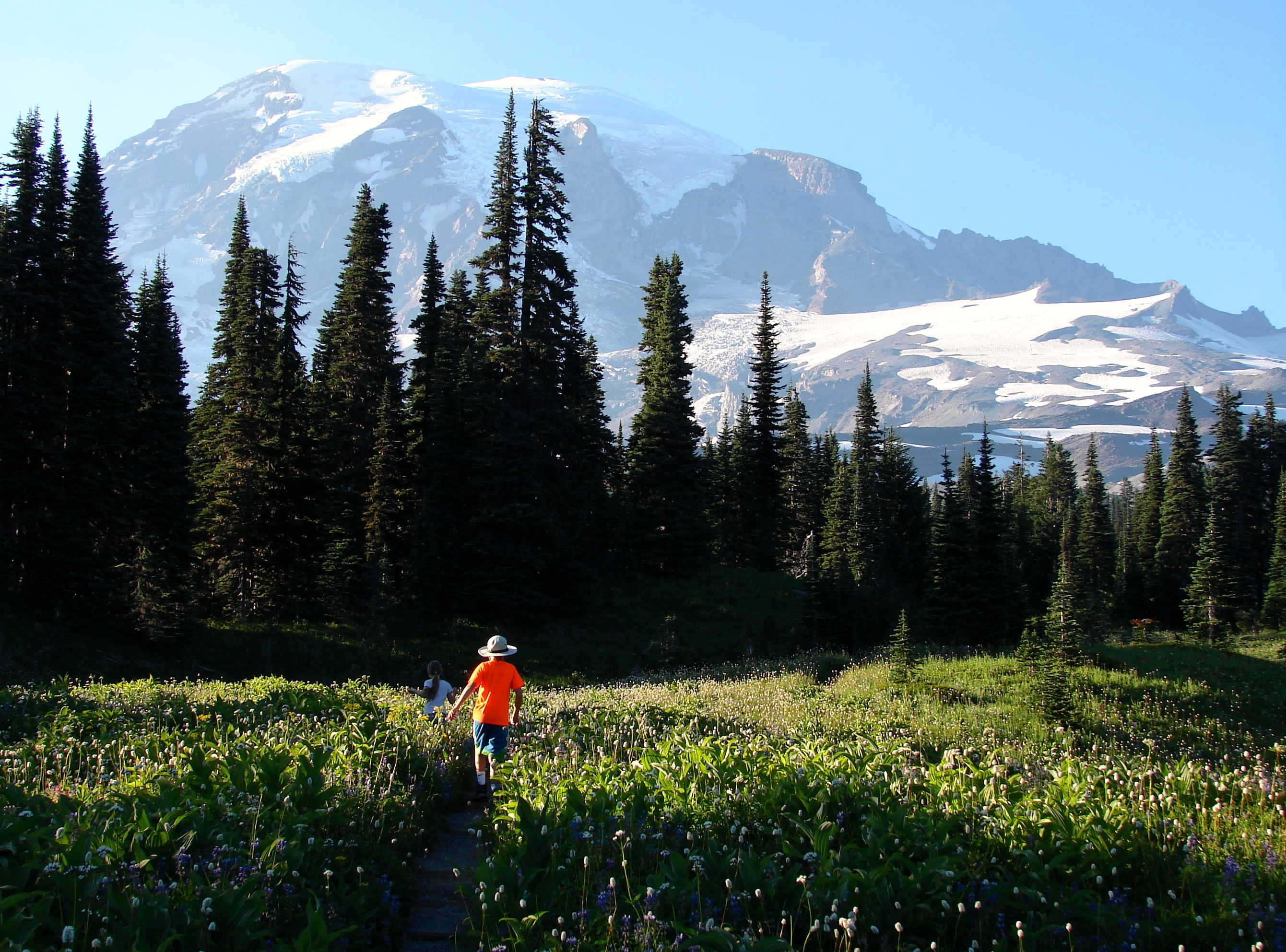
Mount Rainier at sunset
Every scenic overlook shows a different side of Mount Rainier. Viewed from Gobblers Knob Lookout at sunset, the glaciers covering the mountain turn pink and gold.
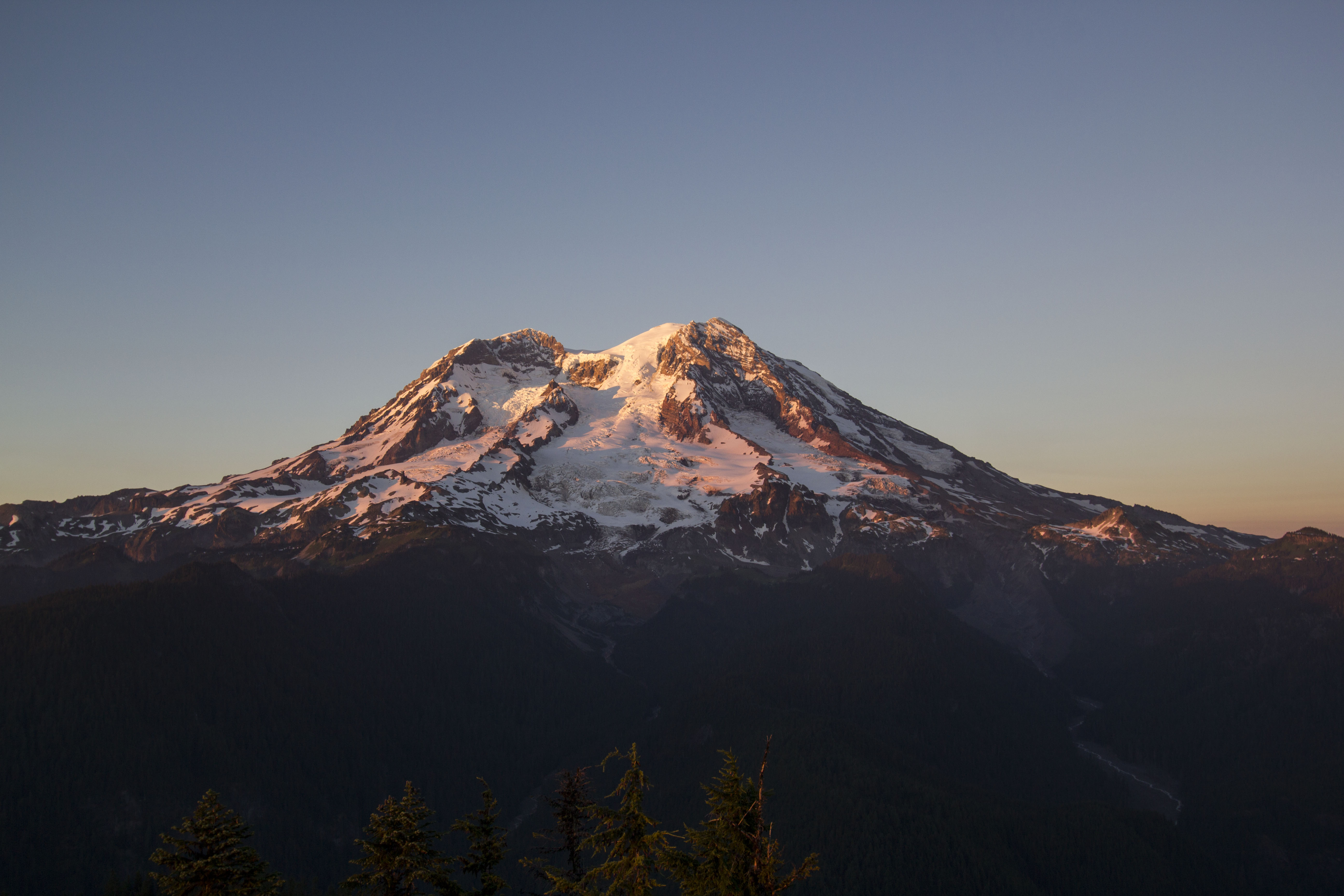
National Park Inn in Winter
For thousands of years, people have traveled up to, over, and around Mount Rainier. Today the park strives to preserve this history while providing a chance for new generations to find their own adventures.
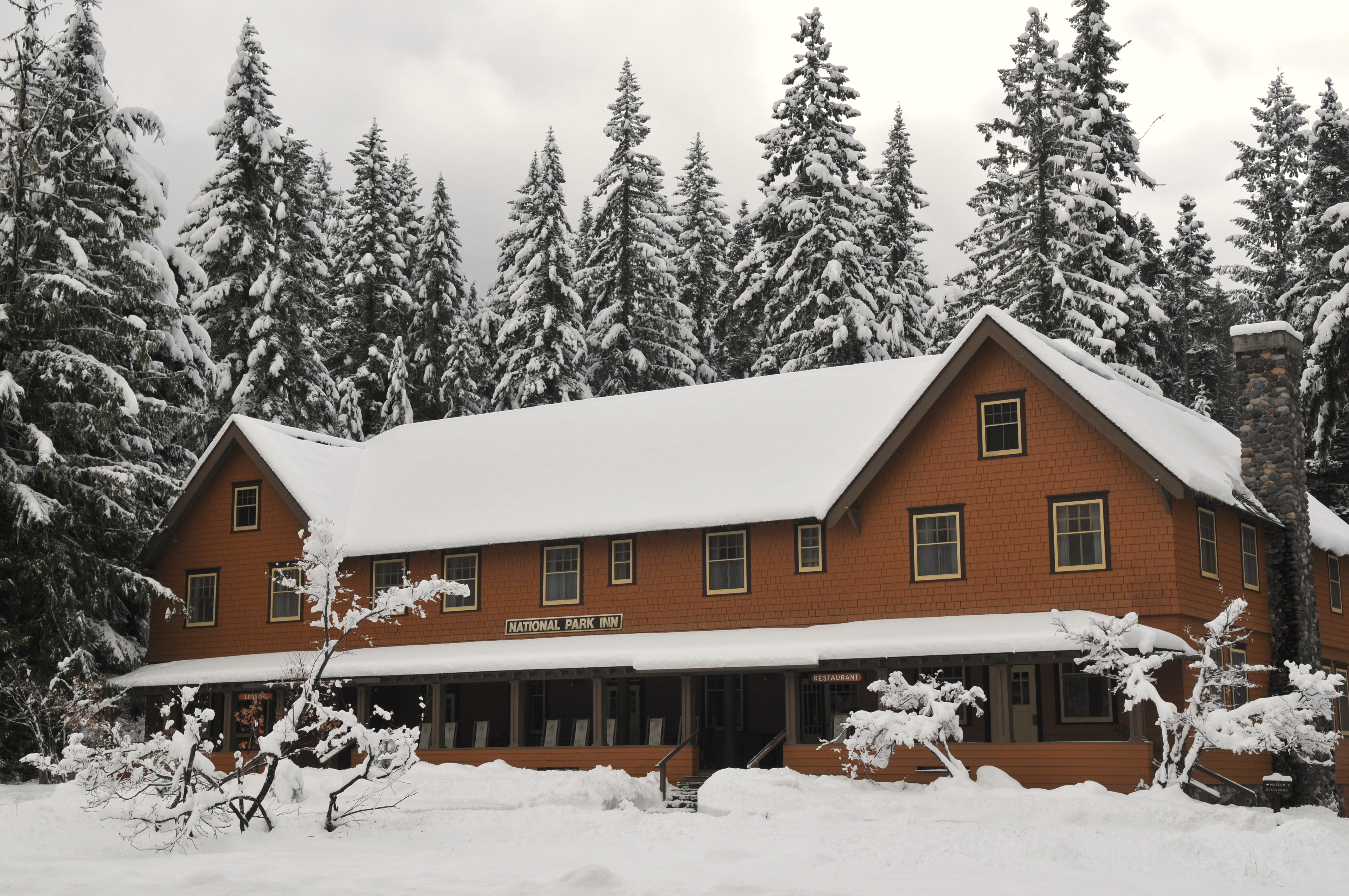
Wildflower Meadow Along the Wonderland Trail
Both the Wonderland Trail and subalpine meadows encircle Mount Rainier. Summertime blooms splatter the hillsides with color.
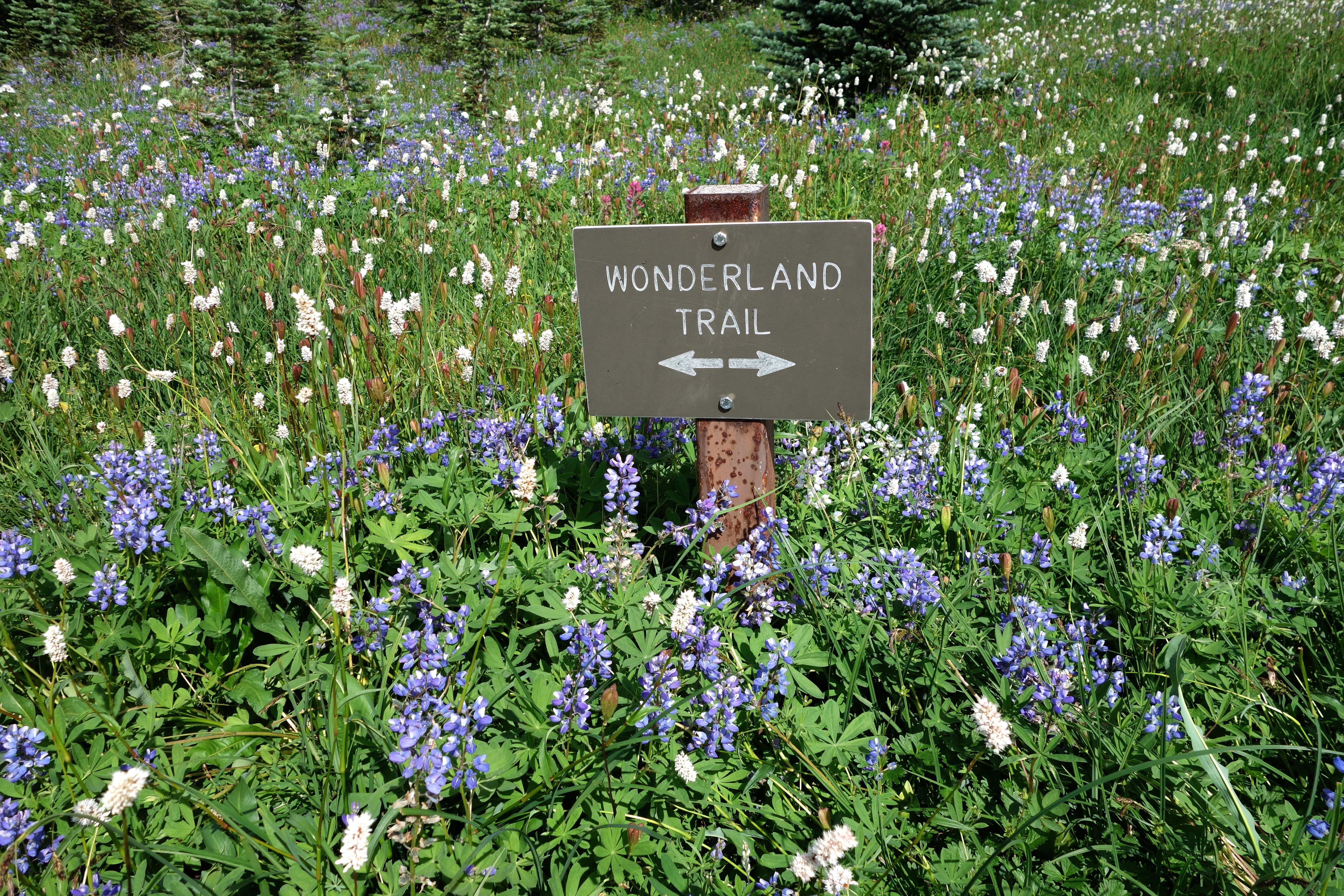
Mount Rainier from Aurora Lake
Aurora Lake in Klapatche Park on the west side of Mount Rainier.
